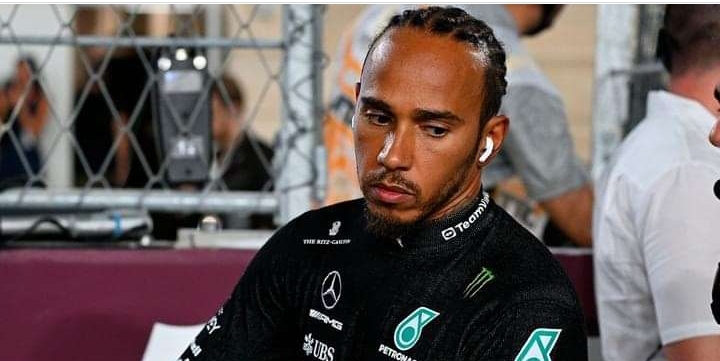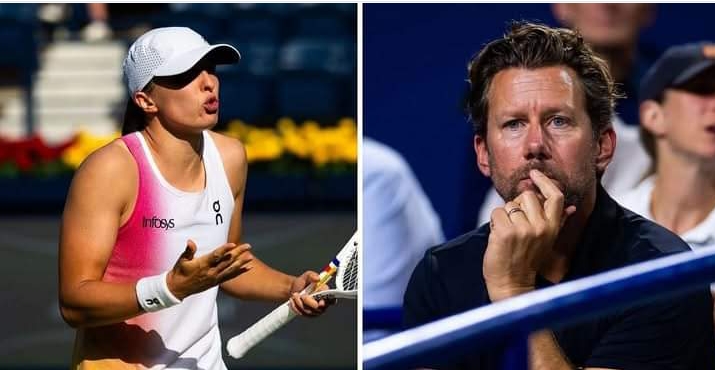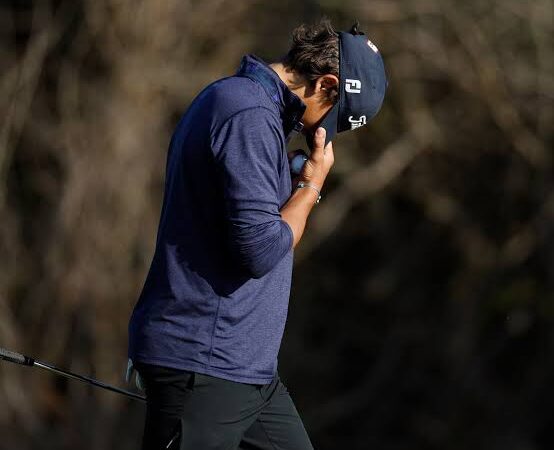Lewis Hamilton has “helped and hindered” Mercedes as chief explains F1 woes

This season, Lewis Hamilton has rarely shied away from the chance to criticize his Mercedes car, which James Allison, the company’s technical director, acknowledges isn’t always helpful.
James Allison, head of technical at Mercedes, has acknowledged that Lewis Hamilton’s criticism can occasionally be a hindrance, despite the fact that it is frequently a great help to Mercedes.
Hamilton became accustomed to having the most competitive car on the grid each season after driving eight consecutive constructors’ championship-winning vehicles. That changed the previous year when the group was unable to change with the times as quickly as some of its competitors.
And ever since, the Silver Arrows have been playing catch-up. Despite the shortcomings of the W13, the W14 used in this year’s championship was made with a similar philosophy in mind.
A more traditional aerodynamic package has since been adopted after Mercedes realized early on that a significant change was required.
The team is still catching up to defending champion Red Bull, though, as a result of their tardiness in doing so.
Hamilton has rarely missed an opportunity to criticize his car over the past two years.
During most race weekends, he laments the fact that he does not feel as at ease in the W14 as he would like.
The most notable of his outbursts occurred following the season-opening Bahrain Grand Prix, when he publicly criticized Mercedes’ design team.
Although he “knows what a car needs,” the seven-time world champion complained that his suggestions had not been taken into consideration.
When Allison made an appearance on the F1 Nation podcast, Hamilton challenged him with his criticism.
When asked if such remarks aid or hinder his team’s development efforts, he acknowledged that “a little bit of both” outcomes take place.
“I believe that drivers occasionally conflate identifying a problem with knowing what the solution is,” he said.
“The precise explanation of what is challenging about obtaining lap time from the car is a huge help,” said the author.
“If they can say, ‘Here it is letting me down because the front axle is too weak, here it is letting me down because the rear axle is too weak – here, it just feels strange and I don’t trust it,’ that’s ever so helpful because you can have a million pressure sensors on the car, loads of load cells, and accelerometers up the ying yang but, ultimately, those are somewhat stunted in their ability to tell you truly what the car is doing.
“The driver is a much more accurate sensor.
So, if a driver says, “The car needs more rear downforce, bang, I fixed it, go buy some downforce,” then that is when it starts to become a little less useful.
But at that point, as Lewis correctly notes, we simply have to accept that the car is deficient in a particular area, and it is our responsibility to make up for it.
He doesn’t create the car; it is our responsibility to provide the solutions that do. But I believe he has a point when he claims that he and George [Russell] have been expressing a certain consistent concern about the car ever since the first laps of this car’s 2022 cousin, from which the 2023 version inherited the same behavior, and we have been slow to react and slow to fix.
“.






